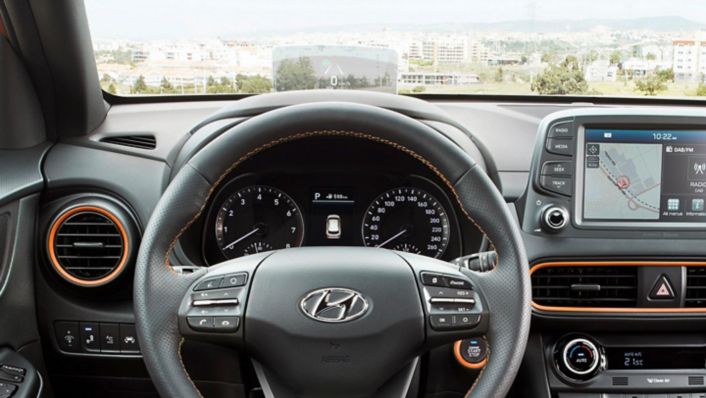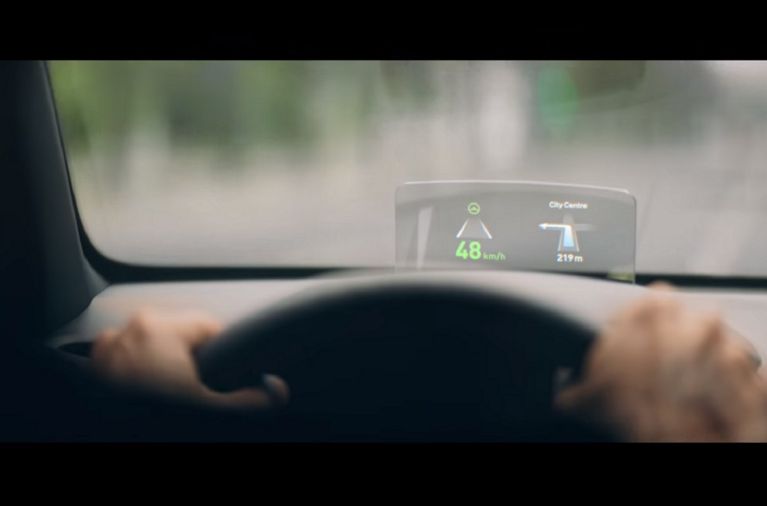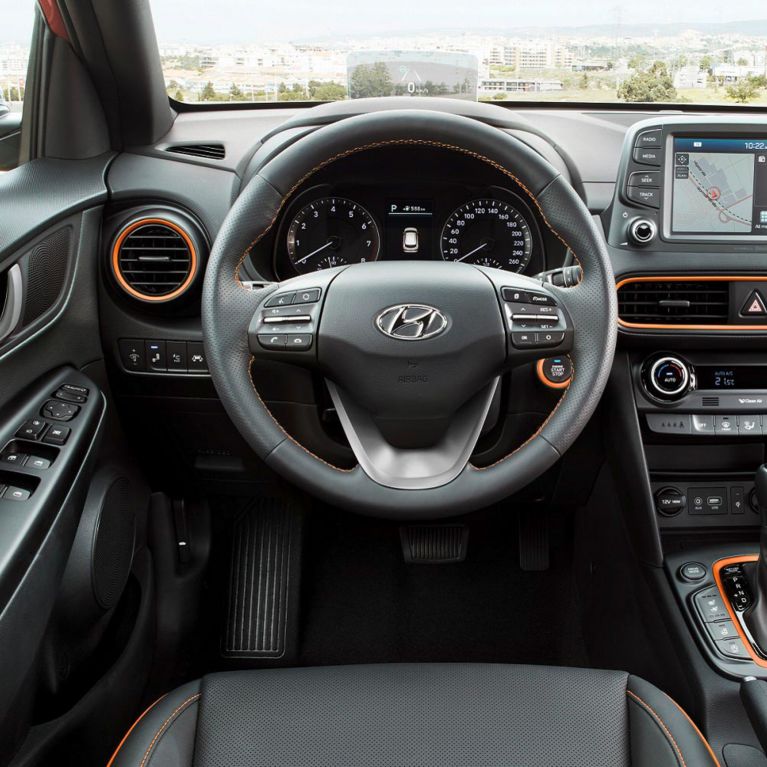Before going a long journey, it’s essential you can see the road ahead and know where you’re going. Head-up display technology works with both of these ideas in mind to enhance the driving experience.
Head-up display (HUD) is a form of augmented reality that presents data on a transparent display in a way that users don’t have to look away from their usual viewpoints. It was initially developed for military aviation as far back as the 1950s, displaying altitude, speed and even targeting systems on the front of the cockpit. This allowed pilots to receive information at eye-level by looking forward with their head positioned “up”, instead of having to look away at another piece of equipment.
HUD systems are becoming increasingly available in production cars on their windscreens, and usually offer speedometer, tachometer and navigation system displays.
HUD systems are becoming increasingly available in production cars on their windscreens, and usually offer speedometer, tachometer and navigation system displays.

How does head-up display work?
HUD technology often depends on the system. Some vehicles use transparent phosphors on the windscreen that reacts when a laser shines on it. With the laser off, no information is shown, but when the light is on, this is projected on to the glass. A projector embedded in the car dashboard sends a transparent image onto the windscreen by bouncing off a series of mirrors, before being magnified so it is legible to drivers. This can be adjusted to meet their visual and height requirements.
The All-New Kona features a combiner head-up display
For the first time in a Hyundai, the All-New Kona’s new combiner HUD projects relevant driving information directly to the driver’s line of sight. This allows for the faster processing of information while keeping attention on the road ahead.

The Kona’s HUD features a projected image size of eight inches at a two-metre distance and class-leading luminance of more than 10,000 candela per square metre, which ensures it has the best visibility in differing light conditions. It is activated via a button beside the steering wheel and disappears into the dashboard when not in use. To ensure optimum visibility for each driver, the HUD’s angle and height can be adjusted.
HUD in the Kona supports safe driving by displaying information such as speed, navigation commands and the car’s fuel levels, as well as safety warnings from assistance systems such as Lane Keeping Assist and Blind-Spot Collision Warning. In addition to this, HUD also projects information about the in-car radio and audio.
HUD in the Kona supports safe driving by displaying information such as speed, navigation commands and the car’s fuel levels, as well as safety warnings from assistance systems such as Lane Keeping Assist and Blind-Spot Collision Warning. In addition to this, HUD also projects information about the in-car radio and audio.













